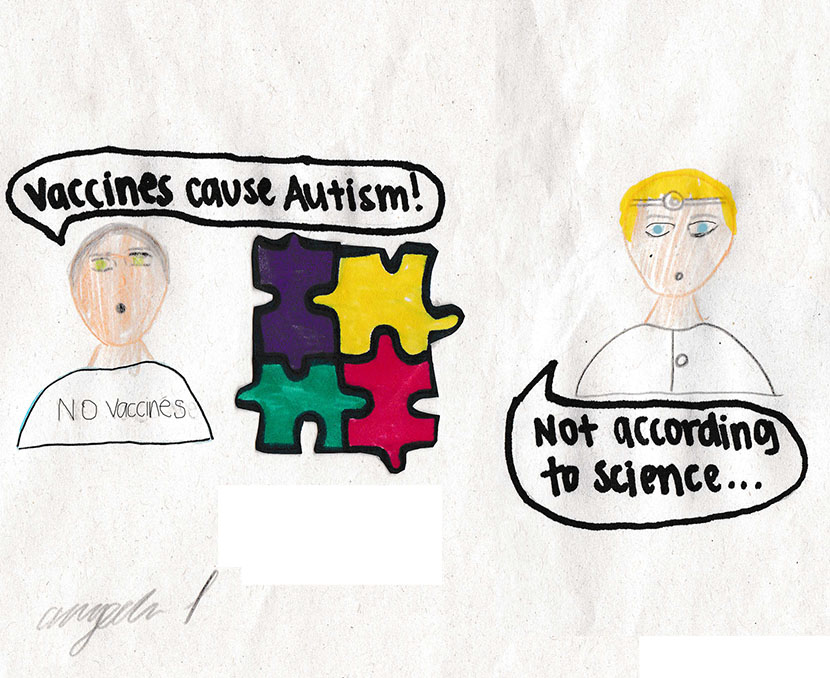Child Vaccines Promote, Maintain Student Health
October 22, 2018
Campaigns to remove vaccine laws have been present since vaccines themselves were created, dating all the way back to the 1700s. Although vaccination methods are much more advanced and and far less dangerous than when they were first invented, anti-vaccination movements today continue to stress supposed medical disadvantages to vaccines.
Maryland state laws require students to be vaccinated to attend public schools. This has shown numerous scientific benefits such as reducing how many people–specifically children–suffer from life-threatening diseases. Despite the strong push by anti-vaccination groups, schools should continue to require vaccinations so that the student body remains safe and able to continue their education.
Currently, required vaccines for high school students are diphtheria, tetanus, pertussis, polio, mumps, rubella, hepatitis B, meningococcal and measles. If these requirements are not met, the student is granted a 20-day grace period to obtain any missing vaccinations. If not obtained, students are recommended by the health department to be excluded from the school until vaccinations are obtained. These laws are in place to ensure student safety.
These guidelines must be strictly maintained in order for the number of infected Americans to remain at its current all time low; measles numbers have dropped 84 percent from 2000 to 2016, according to the Center for Disease Control and Prevention (CDC). Diseases are spread through non-vaccinated people; if a disease reaches a densely-populated area that has a low vaccination rate, the disease is more likely to spread and cause an outbreak. Similarly, if most people are vaccinated, spreading is contained by the lack of vulnerable hosts for the disease to infect, according to the CDC.
Vaccination coverage is currently below 95 percent in many European countries and they have had some of the highest amounts of measles cases in years. In France, measles cases increased from 15 in July 2017 to 764 in March 2018, according to the European Centre for Disease Control and Prevention (ECDC).
Thankfully, measles was declared an eliminated disease in the United States in 2000. Before the life-saving vaccination was released and authorized for use in 1971, measles was responsible for 450 to 500 deaths per year, according to the CDC. Nowadays, besides the occasional isolated outbreak from a foreign traveler, most doctors never see cases of measles.
The reason schools, specifically schools within Montgomery County Public Schools (MCPS), need to continue to be vigilant about student vaccinations is that some parents choose not to vaccinate their children simply because of a conspiracy theory–the unsubstantiated claim that vaccines cause autism in children. This theory was first proposed by Dr. Andrew Wakefield’s 1998 paper published in “The Lancet,” a British medical journal. The paper claimed to have found a link between the Measles, Mumps and Rubella (MMR) vaccine and autism in children. This immediately spurred an investigation and the initiation of multiple studies, all of which refuted Wakefield’s findings. “The Lancet” later discharged Wakefield and other contributors after they were charged with scientific misconduct and ethical violations.
Even though the paper and its false findings were completely retracted in 2010, Wakefield’s original findings launched an entire anti-vaccination movement that is still ongoing.
Measles are currently considered eliminated in the U.S., but vaccines are still necessary so that other diseases and their outbreaks remain limited. If vaccination rates drop nationwide, small outbreaks in densely populated areas could turn into widespread infection and deadly diseases could soon be as typical as the common cold.




